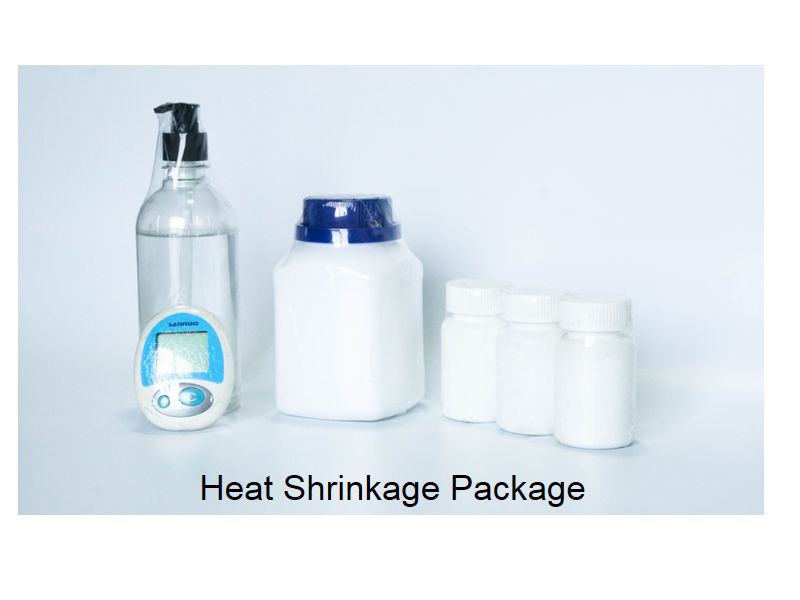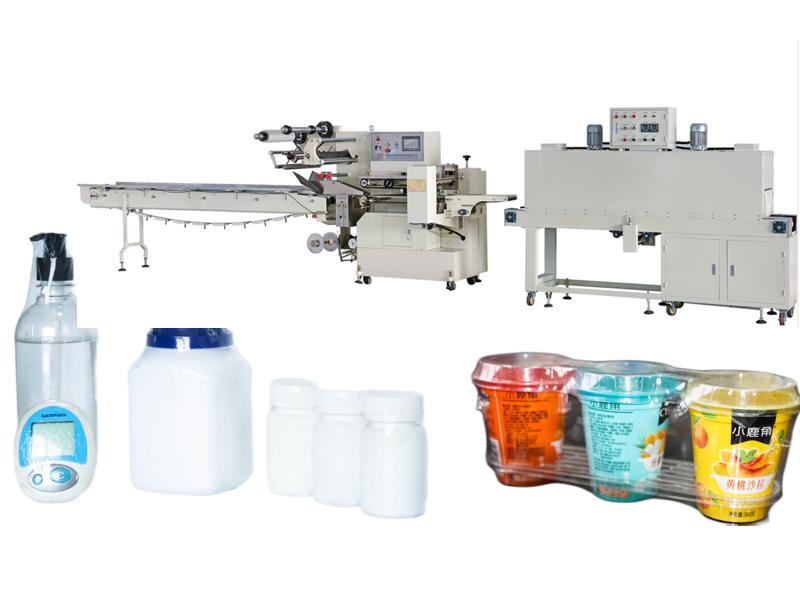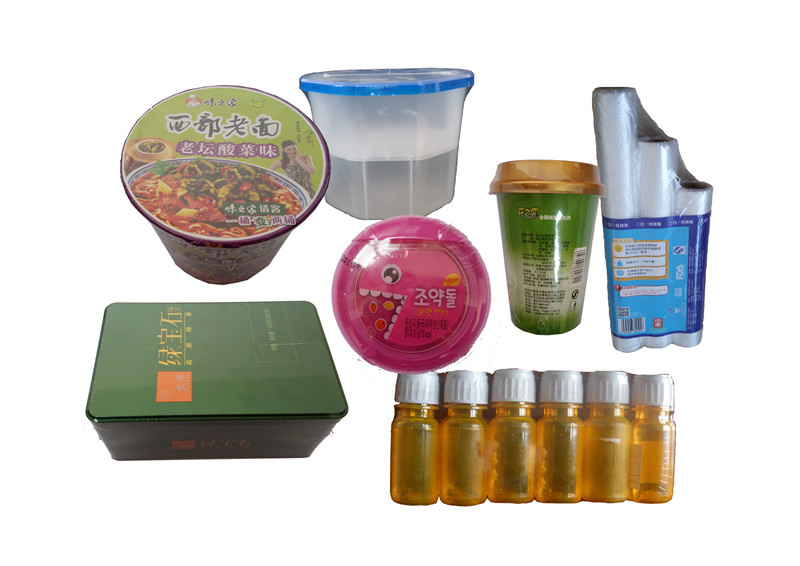News detail
How to produce heat shrink packaging?
The production process of heat shrink packaging involves several steps to ensure the packaging material is properly manufactured and ready for use.

Here is an overview of the process:
1. Material Selection: The first step in the production process is selecting the appropriate material for heat shrink packaging.
Common materials used include polyethylene (PE) and polyvinyl chloride (PVC).
The material is chosen based on the specific requirements of the product being packaged, such as its size, weight, and durability.
2. Film Extrusion: Once the material is selected, it undergoes a process called film extrusion.
In this step, the chosen material is melted and then forced through a die, which gives it the desired shape and thickness.
The extruded film is then cooled and solidified to create a continuous sheet of heat shrink film.

3. Printing: If customization is required, the heat shrink film may go through a printing process.
This step involves adding graphics, logos, or product information onto the film.
Various printing techniques such as flexography or rotogravure can be used to achieve high-quality prints.
4. Slitting: After printing, the heat shrink film is slit into smaller rolls of the desired width.
Slitting is done using specialized machines that cut the film into narrower rolls to meet specific packaging requirements.
This step allows for efficient handling and use of the film in the subsequent stages of the production process.
5. Bag Making: The slit heat shrink film is then transformed into bags or other packaging forms suitable for the intended product.
Bag making machines are used to fold, seal, and cut the film into the desired bag shape or size.
The bags can be made with various features such as perforations for easy opening or resealable closures for convenience.
6. Heat Sealing: In order to create a tight and secure package, the heat shrink bags are sealed using heat.
This process involves placing the product inside the bag, sealing the open end, and applying heat to shrink the film tightly around the product.
Heat sealing ensures that the package is tamper-proof and protects the contents during transportation and storage.
7. Shrink Tunnel: After heat sealing, the packaged products are passed through a shrink tunnel.
The shrink tunnel exposes the heat shrink film to controlled heat, causing it to shrink and conform tightly around the product.
The shrink tunnel can be adjusted to achieve the desired level of shrinkage and appearance of the final package.

8. Quality Control: Throughout the production process, quality control measures are implemented to ensure the heat shrink packaging meets the required standards.
This includes checking for any defects in the film, proper sealing, and correct shrinkage.
Samples are often taken from each production batch for testing to ensure consistency and reliability.
9. Packaging and Distribution: Once the heat shrink packaging is produced and passes the quality control checks, it is packaged and prepared for distribution.
The packaged heat shrink products are then sent to warehouses or directly to customers for use in various industries such as food and beverage, cosmetics, electronics, and pharmaceuticals.
In conclusion, the production process of heat shrink packaging involves material selection, film extrusion, printing, slitting, bag making, heat sealing, shrink tunneling, quality control, and packaging.
This process ensures that the heat shrink packaging is manufactured to meet specific requirements and provides a secure and visually appealing solution for product packaging needs.
Send Inquiry
Copyright © 2025 Wanbon Boway Machinery Co., LTD. All rights reserved.

 Chinese
Chinese Spanish
Spanish